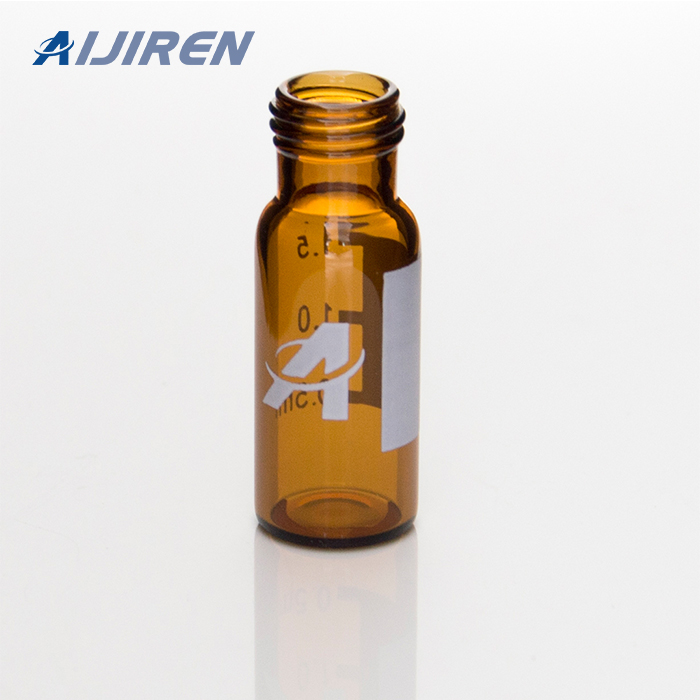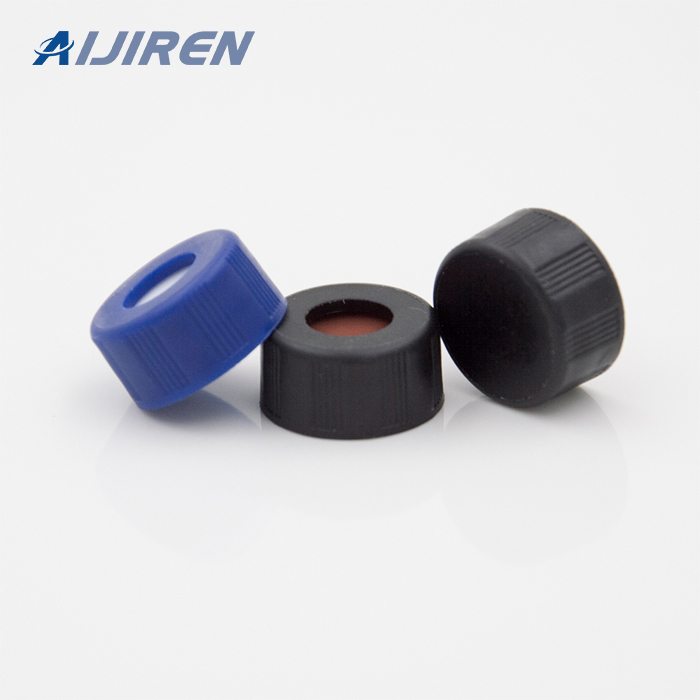



There are different coefficient of expansion glass in Type I Clear 33-expansion ... Transmission curves for Amber Glass and Clear Glass vials.
Clear borosilicate glass: High quality Type 2, 33-expansion glass Compatible with HPLC, LCMS and GC instruments • Amber vials are used for light ...
“Guidelines for Establishing Test Procedures for the Analysis of Pollutants”. •• Clear vials manufactured from WHEATON 33 low extractable borosilicate glass
Oct 15, 2011 isomers. Key Words. Pyrethroid pesticides, adsorption, 33 expansion high purity clear neutral borosilicate glass vial. Abstract.
The 40 mL vials are available in clear (Type 1, 33 expansion) and amber (Type 1, 51 expansion) borosilicate glass. Related Product Categories. HPLC Columns.
engineered and manufactured for optimum performance in HPLC, GC/MS, Glass vials are produced from Type 1 borosilicate glass tubing (clear glass from 33 ...
1) HPLC / Autosampler Vials, Caps & Septas All vials are manufacture with USP type 1 glass. ... Broad range of EPA Vials in clear and amber glass.
Select the products with two waves. Level 2 - vials & cap closures. 2 mL Glass Crimp Top Vials
t Superior quality 33 expansion borosilicate clear (Type 1, Class A) t National Certified Vial Kits are fully lot-tested including HPLC and GC analysis.
Autosampler, Closures, Contamination, Used Vials, Vial Cleaning, Vials. Introduction all manufactured from 33 expansion neutral borosilicate glass.
The table below illustrates that the Aijiren CrossLab vial portfolio is compatible with a wide range of HPLC and GC autosamplers.
These vials are fully lot tested including HPLC and GC analysis for 15 from superior quality 33 expansion borosilicate clear (Type 1, Class A) glass.
Aijiren Tech™ 9mm Clear Glass Screw Thread Vials Screw Thread Vials are manufactured from superior quality 33 expansion borosilicate clear (Type 1, ...
Polypropylene Open Top Cap. Mass Spec Vial Test Parameters include: • Glass – Type 1, Class A, 33 Expansion Clear or 51A Amber Borosilicate.
Which HPLC analytics do you perform in your laboratory? If it really cannot be avoided (reuse of the glass vials), then I recommend a cleaning with chromium